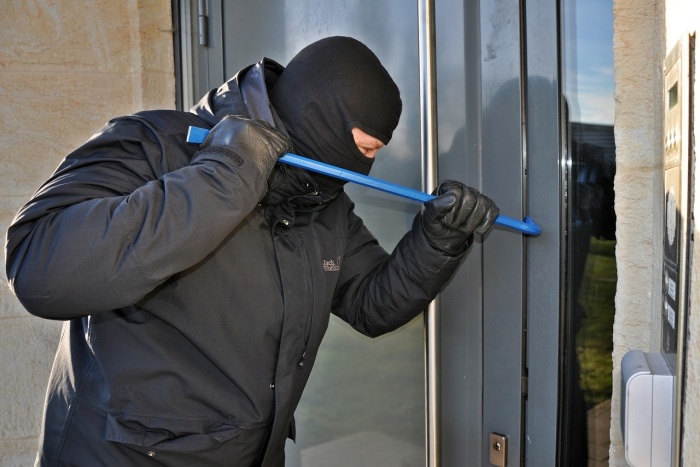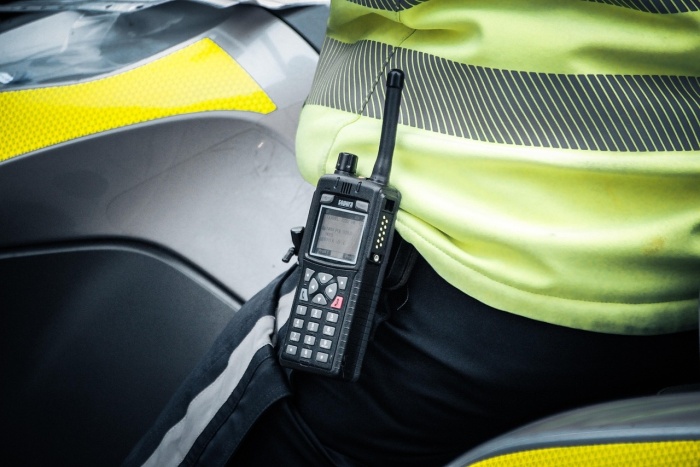Strong deterrent
The installation of an intruder alarm provides a robust level of security by acting as a strong deterrent for potential burglars; visible signage or stickers indicating an active alarm system can discourage criminals, who are more likely to seek out easier, unprotected targets, with studies demonstrating that homes equipped with alarm systems are significantly less likely to be targeted, while properties without such security measures are three times more likely to experience a break-in.
Early warning and quick response
Intruder alarm systems offer the invaluable benefit of providing early warnings by instantly detecting unauthorised entry attempts, promptly alerting both occupants and, if connected to a professional monitoring service, the authorities, ensuring swift responses that significantly enhance the likelihood of deterring intruders, apprehending offenders, and minimising property loss or damage.
Peace of mind
Installing an intruder alarm system not only provides peace of mind by ensuring your property is securely monitored at all times, even when you are away, but also acts as a powerful deterrent against potential break-ins, safeguarding your home or business from unwanted risks.
Remote monitoring and control
Modern intruder alarm systems provide the invaluable benefit of remote monitoring and control, allowing homeowners and business owners to stay connected to their property at all times by receiving real-time alerts, accessing live video feeds, and remotely arming or disarming the system using intuitive mobile apps, ensuring peace of mind and enhanced security no matter where they are.
Integrated safety features
Intruder alarm systems not only protect your home from unauthorised access but also provide integrated safety features such as fire and smoke detectors, carbon monoxide monitoring, medical alert options, and even flood alarms, offering early detection of potential hazards to save lives, reduce property damage, and give you peace of mind.


